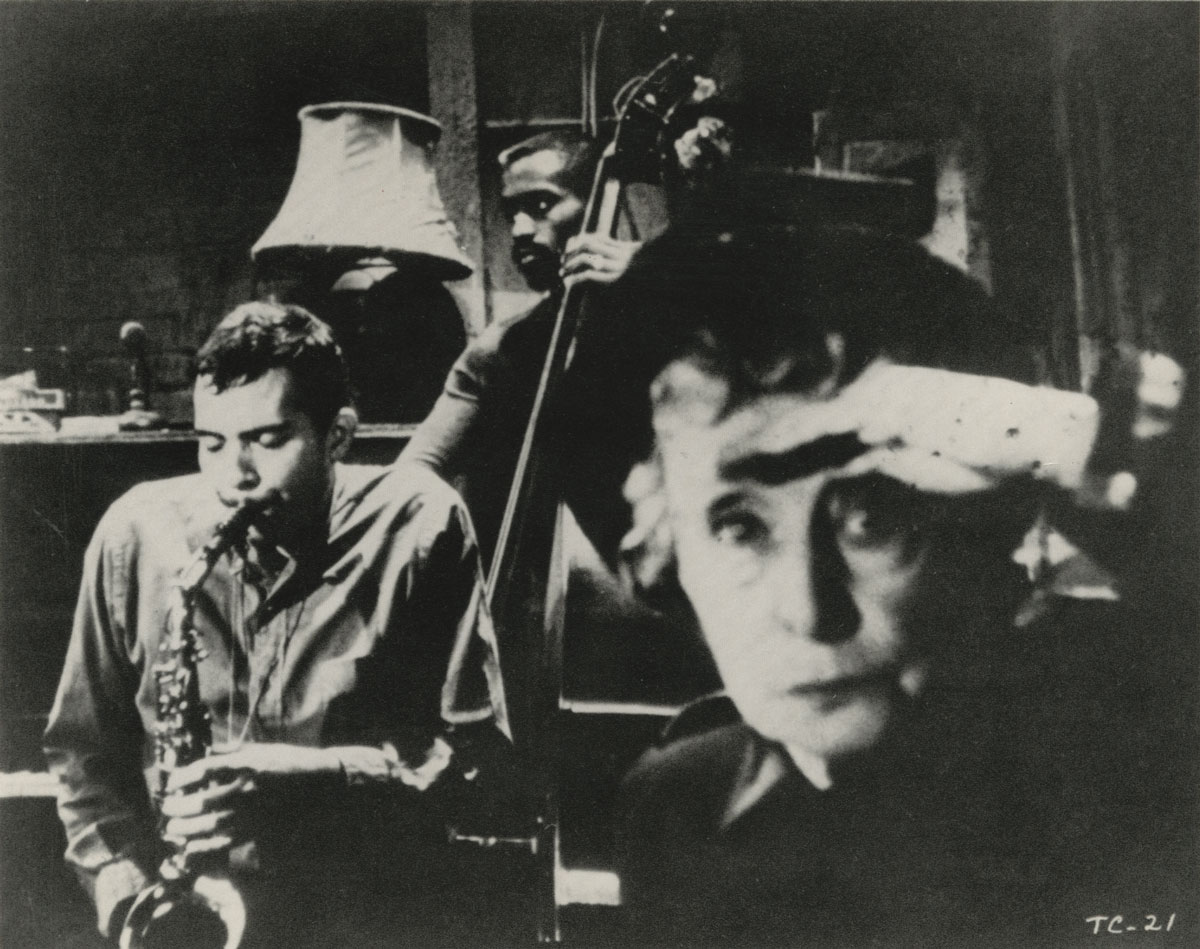Gracia Ramirez is an independent scholar whose research centers on the initiatives of independent film producers within the American film industry of the 1960s. She conducted research in the collection of American independent film and Broadway producer Lewis M. Allen last summer with support from a 2014-2015 Robert De Niro Fellowship from the Ransom Center. Below, she recounts how Allen’s shrewd production management and on-set relationships brought highly successful art-house creations to life.
Exploring the Lewis Allen collection at the Ransom Center allowed me to understand better how American independent film producers in the early 1960s were trying to innovate during a time when the American film industry was reconsidering its creative formulas and business model. In particular, Allen’s film production company opened doors for small, art-house-oriented American independent productions aimed at younger and international audiences. The main focus of my research was The Connection (1961), the first film Allen produced. The Connection has been analyzed from the perspective of the career of its director, Shirley Clarke, but overlooked from the standpoint of the producer and the wider context of his approach to funding independent filmmaking. I also examined other international productions that Allen undertook around the same time and that were also aimed at the art-house circuit: The Lord of the Flies (1963) and Fahrenheit 451 (1966).

Allen started working in Broadway’s established theater circuit in the 1950s. By the end of the decade, he had set up the production company Allen-Hogdon with Dana Hogdon, a Washington D.C. investment broker. Their modus operandi was to create limited partnerships for each of the film and theater ventures they pursued. This was a method that had been working well in off-Broadway productions and that Allen thought could benefit both investors and filmmakers of that time.
A key element of Allen’s approach was the creative development of the productions. Allen only worked with directors, writers, and screenwriters with recognized achievements and took on well-known plays and novels for adaptation. The producer also considered tie-ins to the films, such as books of original screenplays and accounts of the film’s production illustrated with photographs.
Significant to Allen’s approach was that directors and screenwriters kept artistic control over creative and production matters and did not have to account to investors for their decisions. This was clearly established in the partnership agreement between Clarke and Allen which stated that “all art decisions with respect to the photographing, editing and direction of the Photoplay shall be solely made by Clarke.” Such creative freedom was crucial for a project like The Connection. The final ingredient of Allen’s approach to financial management was to keep the salaries of producers, directors, and directors of photography low, a divergence from Hollywood’s typical high wages. Still, the films employed union and guild staff, which increased the budget but assured levels of technical quality and prevented opposition from unionized laborers who might have deemed the productions intrusive.
The Ransom Center’s archive of Allen’s materials richly illuminates his original—even if often difficult—decisions for funding and distributing smaller and unorthodox films, thus opening a path for future independent filmmakers and producers to follow.
Receive the Harry Ransom Center’s latest news and information with eNews, a monthly email. Subscribe today.

